Average 200-Meter Time: 5 Tips To Prepare For This Sprint
Author:
Unlock your full potential by engaging with our experts and community! Have questions about your fitness journey or looking for expert advice on weightlifting techniques? Don’t hesitate — leave a comment below and Oleksandr Zagrebelnyi will provide a personalized answer and insights to help you reach your goals.
Torokhtiy is reader-supported. Some links are affiliate links, and we may earn a commission at no extra cost to you. See our disclosure page for details.
Running is one of the most popular and accessible sports, practiced by people of all ages and abilities around the world. The average 200-meter time is one of the most discussed running records, and this sprint is among the most exciting and challenging running events.
In this blog post, we will explore this short-distance running event, including 200-meter dash times by age, gender, and experience level, factors affecting it, and tips to improve your pace. Let’s get moving!
How Can Someone Improve Their Time In The 200-Meter Dash? — The 200-meter dash average time is 23-25 seconds for men and 26-28 seconds for women. However, this can vary depending on the fitness level, training, and experience. You can improve your time with a good plan, regular practice, and dedication.
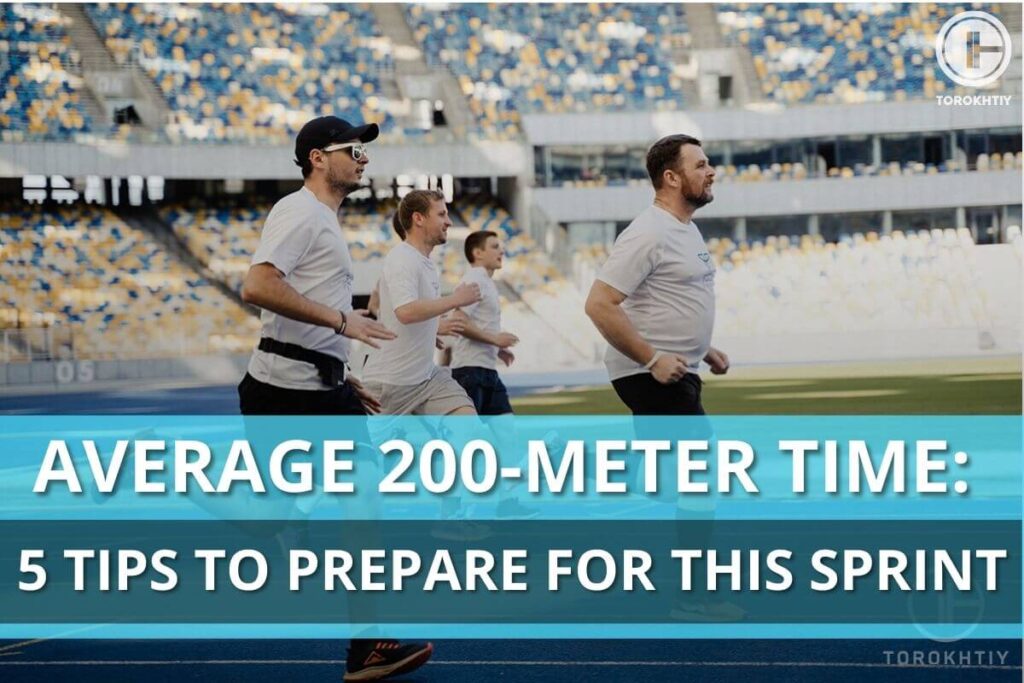
What Is The Distance Of 200 Meters For Running?
It is a relatively short distance but requires a lot of speed, power, and endurance to complete in a fast time.
The 200-meter sprint is a track-and-field event run on a standard 400-meter track. This distance is equivalent to 656 feet or 218 yards.
This distance is primarily practiced by sprinters, who are athletes specializing in short-distance events. Sprinters are known for their explosive speed and power, which they use to cover a distance of 200 meters quickly.
They also require endurance to maintain their pace throughout the race. Sprinting is a highly competitive sport, with athletes from around the world competing in events such as the Olympics, world championships, and national championships.
The 200-meter sprint is a standard event in track-and-field competitions, which are held at all levels of competition, from high school to professional. In addition to this sprint, other common short-distance events include the 100-meter sprint and 400-meter relay.
Track-and-field is a sport practiced in most countries worldwide, and is one of the oldest and most respected sports in the Olympic Games.
The Average Time For Running 200 Meters
The 200-meter race is a common distance for sprinters. That being said, the average time for running this distance can vary greatly, depending on several factors. Let’s explore the average time for running 200 meters by age, gender, and level of training.
1. Average 200-Meter Dash Time By Age Group
Here is a breakdown of the average time for running 200 meters by age group:
| Age Group | Age Time (in second) |
|---|---|
| 15-25 | 23.0 |
| 25-35 | 24.0 |
| 35-45 | 25.0 |
| 45-55 | 26.0 |
| 55+ | 28.0 |
As you can see, the average time for 200-meter dash increases with age. This is because the body’s muscles and cardiovascular system tend to weaken with age, making it harder to run faster.
2. Average Time For Running 200 Meters By Gender
Gender can also affect the average time for running 200 meters. Here is a breakdown of the average time for running this distance by gender:
| Gender | Average Time (in seconds) |
|---|---|
| Male | 23.0 |
| Female | 26.0 |
As you can see, males run faster than females. This is because males generally have more muscle mass and higher testosterone levels, which can lead to increased speed and power.
3. Average Time For Running 200 Meters By Level Of Training
Finally, level of training can also affect the average time for running 200 meters. Here is an analysis of the average time for running based on level of training:
| Level of Training | Average Time (in seconds) |
|---|---|
| Beginner | 28.0 |
| Intermediate | 24.0 |
| Advanced | 21.0 |
As you can see, the more advanced the level of training, the faster the average time for running. This is because advanced athletes have better technique and conditioning, allowing them to run at a faster pace.
What Is A Good 200m Time?
A good time for running 200 meters depends on various factors.
That being said, as a general rule of thumb, a good time for running 200 meters for male athletes is around 20-25 seconds, while for female athletes, it is around 25-30 seconds.
This time is considered good for athletes who are not specialized in sprinting, but who have decent running abilities. However, professional athletes can run this distance much faster.
1. Male Record
Usain Bolt from Jamaica holds the world record for the men’s 200 meters. In 2009, he ran the distance in an astonishing 19.19 seconds at the World Championships in Berlin, which is the fastest ever recorded time for this distance. Other notable male athletes who have run the 200 meters in under 20 seconds include Yohan Blake, Tyson Gay, and Michael Johnson.
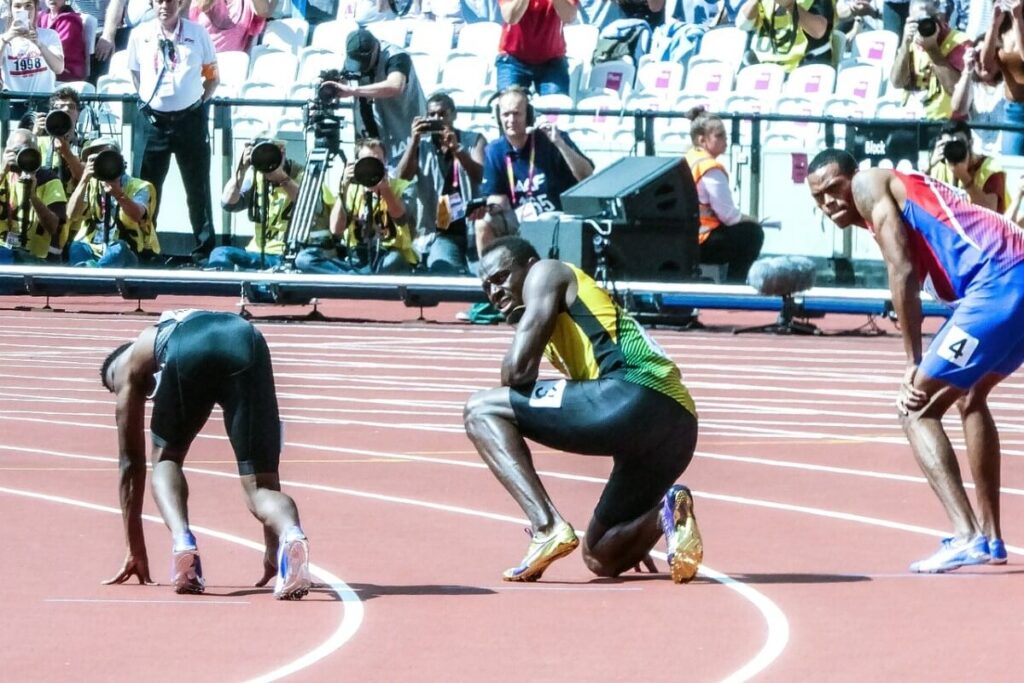
2. Female Record
Florence Griffith-Joyner from the United States holds the world record for the women’s 200 meters. In 1988, she ran the distance in an incredible 21.34 seconds at the Seoul Olympics. This time still stands as the fastest ever recorded for female athletes. Other notable female athletes who have run in under 22 seconds are Marion Jones, Allyson Felix, and Elaine Thompson.
3 Factors Affecting The Time Of A 200-Meter Run
Here are three of the most important factors impacting an athlete’s performance in this event.
1. Stride Length
One of the most critical factors that affect a good 200-meter time is stride length. This refers to the distance an athlete covers with each running stride. The longer the stride length, the fewer steps an athlete needs to take to cover the distance, resulting in a faster time. Athletes can increase their stride length by improving their flexibility, strength, and technique.
New Balance Men’s Fresh Foam X More V4 Running Shoe
These shoes provide comfort while running. Ideal for runners seeking a cushioned and supportive run.
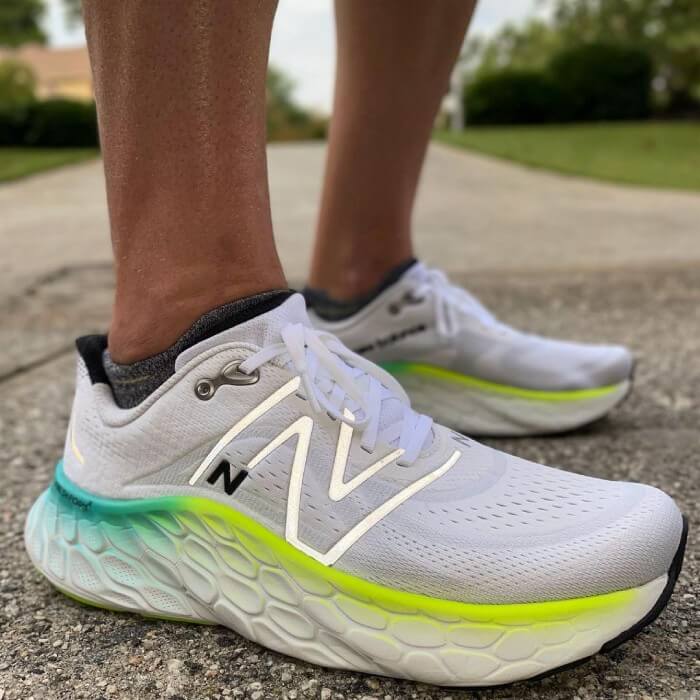
2. Sprinting Technique
Another crucial factor is sprinting technique. Sprinting technique involves the correct use of the arms, legs, and body position to maximize speed and efficiency. Proper technique can help athletes maintain their speed throughout the race and reduce the risk of injury.
3. Endurance
Endurance is another important factor that can affect the time of a 200-meter run. Endurance refers to an athlete’s ability to maintain their speed over a prolonged period of time. A 200-meter race requires both explosive power and endurance. Athletes can improve their endurance by incorporating both aerobic and anaerobic exercise into their training regimen.
5 Tips How To Prepare For A 200-Meter Race
Whether you are a seasoned athlete or a beginner, preparing for a 200-meter race can be challenging. Wondering how to show the best result? Below, we provide five simple but effective tips to help you prepare for this run and improve your performance.
1. Proper Warm-Up
Before any race, it is essential to warm up your muscles properly. This will help prevent injuries and ensure your body is ready for the race. A good warm-up should include light jogging, stretching, and dynamic exercises to increase your heart rate and blood flow. Spend 10-15 minutes warming up before your 200-meter race.
2. Strength Training
Strength training is crucial for improving your speed and endurance. Incorporate squats, lunges, and leg presses into your workout routine to build your leg muscles. Strong legs will help you generate more power and speed during the race.
Hoka Bondi 8
- Material: Breathable and supportive mesh upper
- Sole Material: Full-length EVA midsole for maximum cushioning
- Outsole (tread feature): Durable rubber outsole with a unique lug pattern
- Drop: 4mm
- Season: Suitable for all seasons
- Special Features: Exceptional cushioning and comfort
- Size: Available in various sizes
- Type: Maximum cushioning running shoe
If you want excellent running or walking shoes or just footwear you’ll be comfortable in, you can’t go wrong with the Hoka Bondi 8.
It’s been upgraded and now they have lighter, softer materials and a new extended heel design. The heel design gives a super soft, balanced feeling from th emoment your heel hits the ground to when you push off with your toes.
As far as the weight goes, it’s around 10.80 ounces, and the heel drop is 4 mm. They’re not too heavy and the lower drop is a good balance between cushioning and feeling connected to the ground.

The Bondi 8 is focused on cushioning and keeps things simple. There’s a good amount of support without any extra stuff that you don’t really need and that would only jack up the price. Take the rear crash pad, for example – it makes for a soft, smooth ride, which is perfect if you like to run outdoors.
The upper part is made of engineered mesh, which is breathable and keeps your feet cool and dry. The tongue and collar have memory foam and mold to your foot shape. All of these features make the fit snug but flexible, which is exactly what you would want.
The Bondi 8 is eco-friendly because it uses recyclable materials in parts like the mesh and the sockliner. Plus, the shoes are completely vegan, which (if that’s important to you) is nice!
3. Practice Your Technique
Good technique is essential for a successful 200-meter run. Focus on your arm and leg movements, and practice your stride length. A good stride length will help you cover more ground with each step, improving your speed. You can also practice running on the balls of your feet to maintain good form.
4. Mental Preparation
Mental preparation is crucial for any race. Visualize yourself running the 200-meter race and focus on breathing and form. Stay positive and confident, and believe in yourself. This will help you stay motivated and focused during the race.
5. Practice, Practice, Practice
Finally, the key to success in any race is practice. Practice your 200-meter run regularly, gradually increasing your speed and endurance. Set realistic goals for yourself and track your progress. With consistent practice, you will improve your performance and achieve your goals.
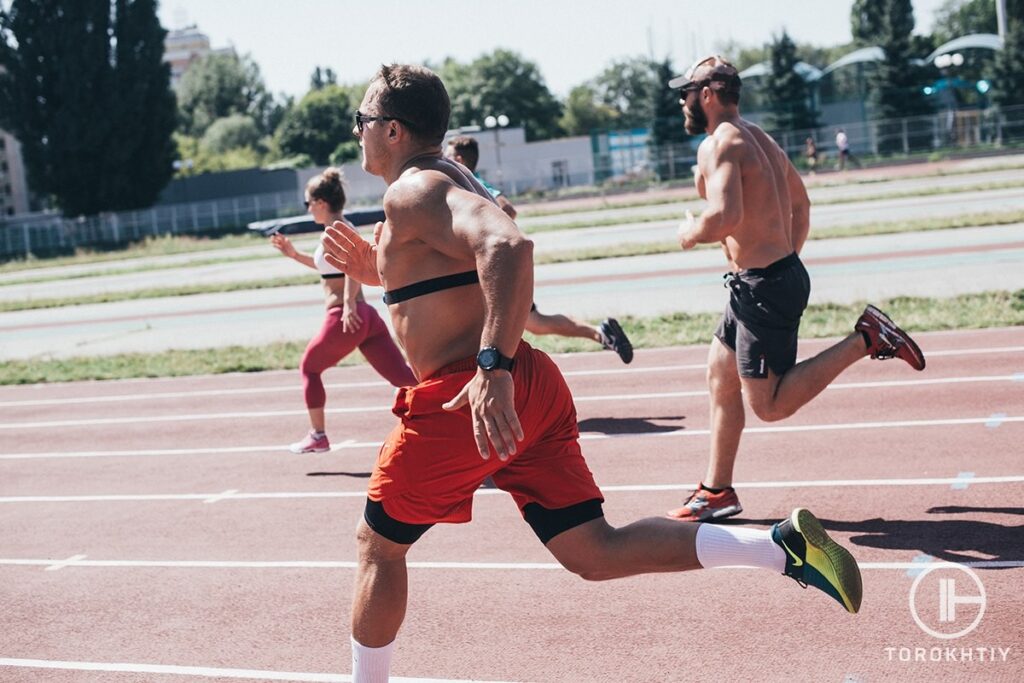
fAQ
What Is The Average 200-Meter Time For A 13-Year-Old?
If you’re wondering what the average 200-meter time is for a 13-year-old, it can vary depending on gender, experience, and training. However, according to some studies, the average time for boys is around 30 seconds, while for girls it’s around 34 seconds.
How Can I Be Good At Running 200 Meters?
You should focus on both speed and endurance is important. Add sprint drills and interval training to your workouts to build speed and improve your time. Don’t forget to work on your endurance by adding longer distance runs to your routine.
How Can I Run 200 Meters Without Getting Tired?
You must work on your endurance and speed. Start by gradually increasing your distance and incorporating interval training. Focus on your breathing and proper form to conserve energy. Don’t forget to rest and recover properly.
Final Thoughts On Average 200-Meter Time
The 200-meter sprint is a short but challenging event requiring speed, power, and endurance. It is practiced primarily by sprinters and is a standard event in track-and-field competitions. Whether you are a competitive athlete or a recreational runner, the 200-meter sprint is an exciting and thrilling event that can push you to your limits.
What is your 200-meter time? Please share your results in the comments below.
Also read:
References:
- Energy system contribution to 100-m and 200-m track running events // PubMed: https://pubmed.ncbi.nlm.nih.gov/15518295/
- Sprint running: from fundamental mechanics to practice-a review // PubMed: https://pubmed.ncbi.nlm.nih.gov/30963240/
- Changes in running mechanics over 100-m, 200-m and 400-m treadmill sprints // PubMed: https://pubmed.ncbi.nlm.nih.gov/27015963/
- Accounting for elite indoor 200 m sprint results // PMC: https://www.ncbi.nlm.nih.gov/pmc/articles/PMC1617210/
- Relationships between Sprint, Jumping and Strength Abilities, and 800 M Performance in Male Athletes of National and International Levels // PMC: https://www.ncbi.nlm.nih.gov/pmc/articles/PMC5548166/
- Photo by Usain Bolt, Pixabay, photos by Torokhtiy Media Team
Why Trust Us?
With over 20 years in Olympic weightlifting, strength training, nutrition coaching, and general fitness our team does its best to provide the audience with ultimate support and meet the needs and requirements of advanced athletes and professional lifters, as well as people who strive to open new opportunities and develop their physical capabilities with us.
By trusting the recommendations of our certified experts in coaching, nutrition, and sports training programming, as well as scientific consultants, and physiotherapists, we provide you with thorough, well-considered, and scientifically proven content. All the information given in the articles concerning workout programming, separate exercises, and athletic performance, in general, is based on verified data.
The product testing process is described in more detail here.
Oleksandr is a running coach and member of the Nike Run Club coaching team for 8 years. A participant in national and international competitions at distances from one kilometer to the ultra trail. Owner of mountain trail running camps. Nowadays Oleksandr is responsible for creating running training programs for athletes of various levels, coaching personally offline and online, conducts trail running camps in the mountains, participates in competitions.



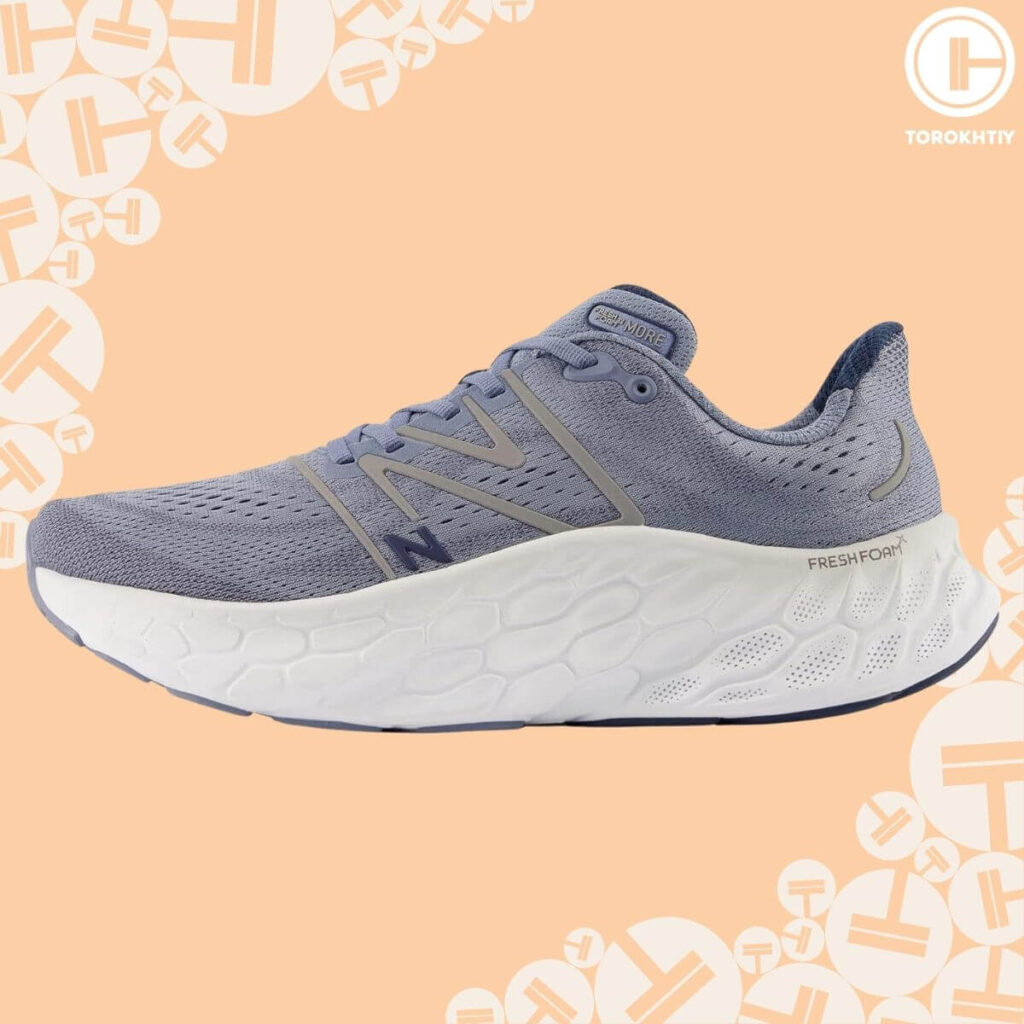
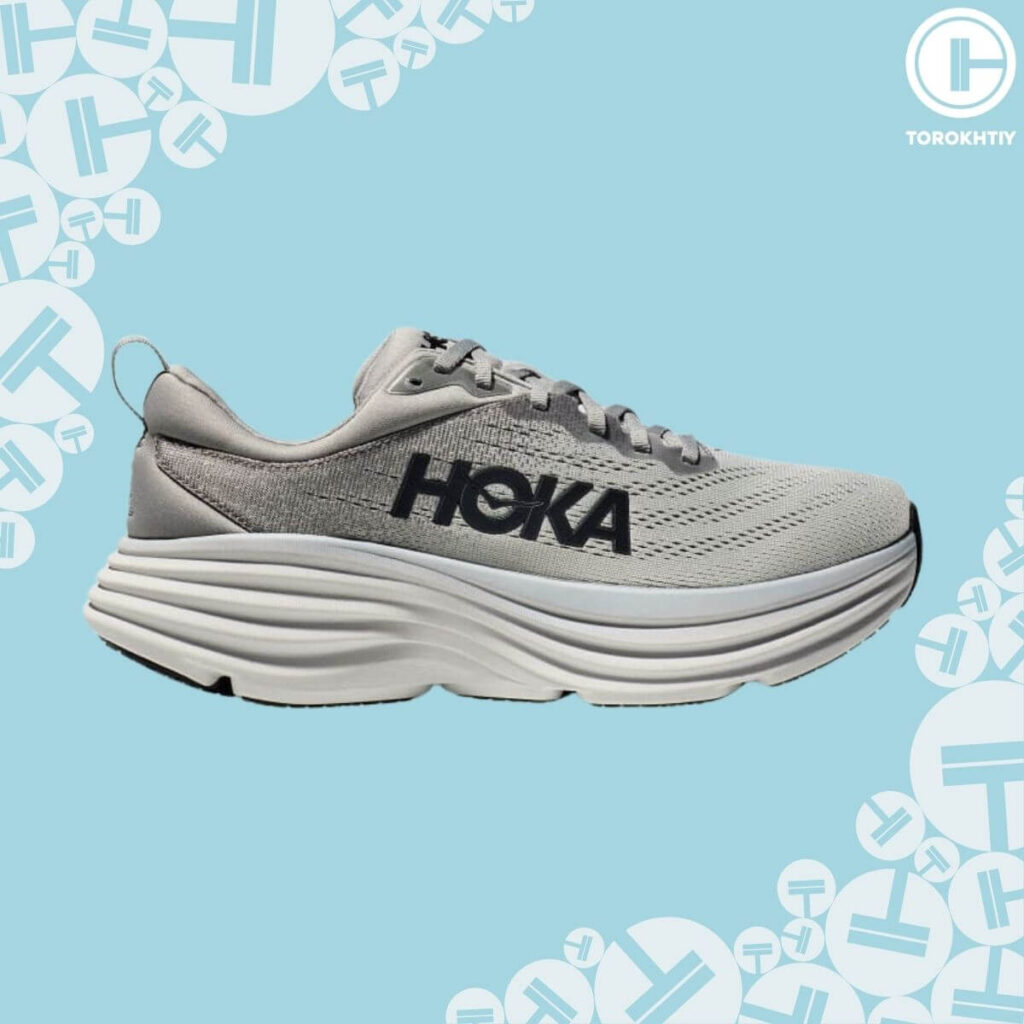
Still have questions after reading our article? Unlock your full potential by engaging with our experts and community! Don’t hesitate — leave a comment below and Oleksandr Zagrebelnyi will provide a personalized answer and insights to help you reach your goals.